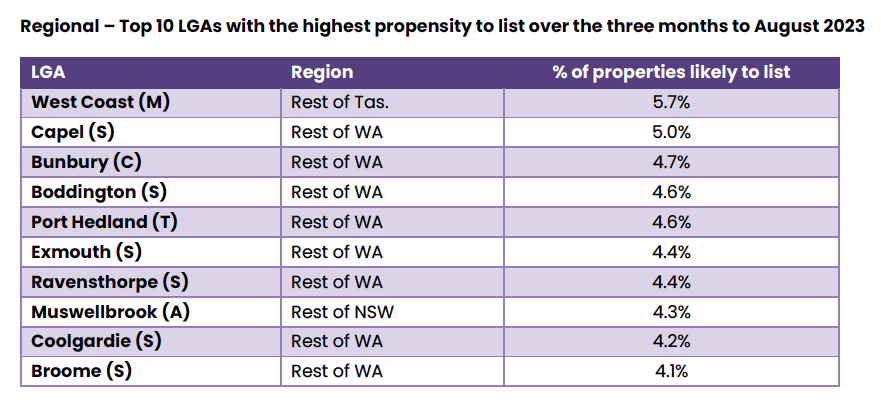This helps banks increase their chances of retention

CoreLogic Australia has launched a retention solution that will help banks and lenders engage and retain their customers earlier in their decision journey.
Propensity to List is a modelled predictive solution that identifies a targeted segment of home loan customers who are likely to list their home for sale in the next three months, by utilising a host of data inputs from CoreLogic’s real estate platforms and property database, including search and activity data from various platforms, transfers and listings data, and market trends data.
Eugene Vassiliev (pictured above left), CoreLogic head of banking and finance solutions, said Propensity to List identifies customers at high risk of churn, so lenders can engage them with relevant communications to increase their chances of retention when they buy their next property.
“We know engaging at the right time is one of the greatest retention challenges for banks and lenders,” Vassiliev said.
“Customers that list for sale are both at a very high risk of attrition and an opportunity to retain for the next, likely more substantial, mortgage. However, by the time the property is actually listed for sale, customers would generally have already made up their mind about their future financing needs and the opportunity for the current lender to engage and retain them is lost.
“Propensity to List fills this pre-listing blind spot by identifying customers who are highly likely to list their home for sale within the next three months.”
Tim Lawless (pictured above right), CoreLogic research director, said homes across regional Australia were more likely to list for sale over the next three months than capital city homes.
“At the end of May, the Propensity to List model showed 2% of regional homes were likely to list for sale before the end of August, up from 1.3% a year ago,” Lawless said. “A smaller 1.2% of capital city properties were likely to list over the coming months, down from 1.6% a year ago.
“Across the regional markets, Western Australia stands out with 2.8% of homes likely to list for sale over the coming months, with the council areas of Capel (5.0%), Bunbury (4.7%), Boddington (4.6%) and Port Hedland (4.6%) topping the list with the highest portion of properties likely to list,” Lawless said.

“Properties located in the ACT have the highest likelihood to be listed for sale across the capital cities over the coming months, with 2.5% of homes likely to list by August, followed by Perth with 2% of properties likely to list,” he said.

Lawless said the flow of fresh listings to the Australian housing market has been tracking below the five-year average since September 2022, and low advertised stock levels help keep a floor under house prices.
Over the four weeks ending June 25, the number of capital city listings was tracking -26% below the previous five-year average while regional listings were down -33% compared to the previous five-year average.
“Even in the current environment of low advertised stock levels amid higher interest rates, we still expect tens of thousands of properties to list in the next couple of months,” Lawless said. “Despite there being a higher likelihood in percentage terms for regional homes to come onto the market in the next couple of months, by volume 56% of new listings will be capital city homes.”
Every month, Propensity to List subscribers will receive a targeted segment of their home loan customers who are likely to list their home for sale in the next three months. The segment is 60 times more accurate than a random sample.
Vassiliev said that by harnessing the power of property data, lenders “can fuel smarter property decisions, both for their teams and their customers.”
“In a high-interest-rate environment, customers will hunt for the best deals and an intuitive lender who supports them through their life stages is more likely to retain,” he said.
Learn more about Propensity to List.
Use the comment section below to tell us how you felt about this.



